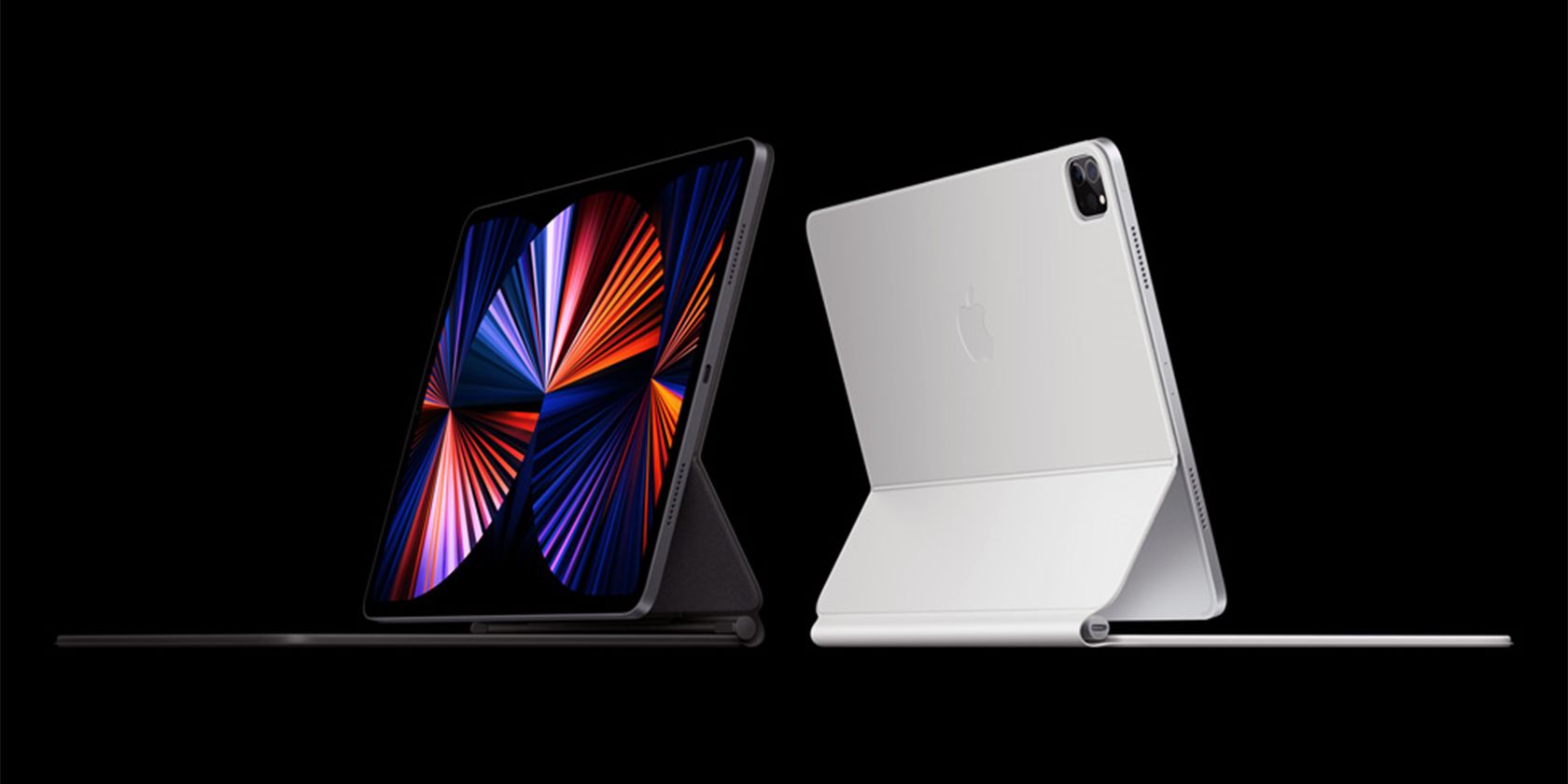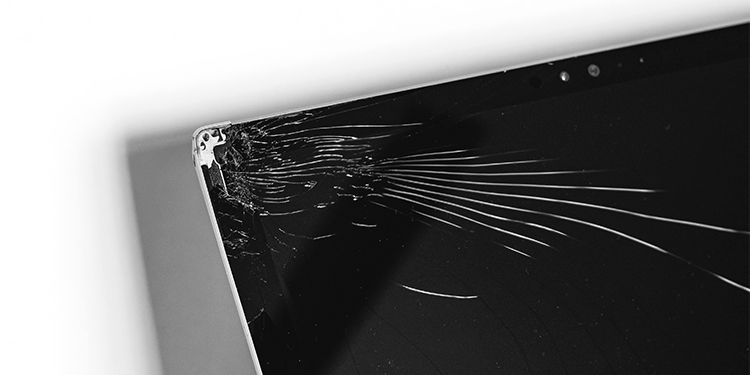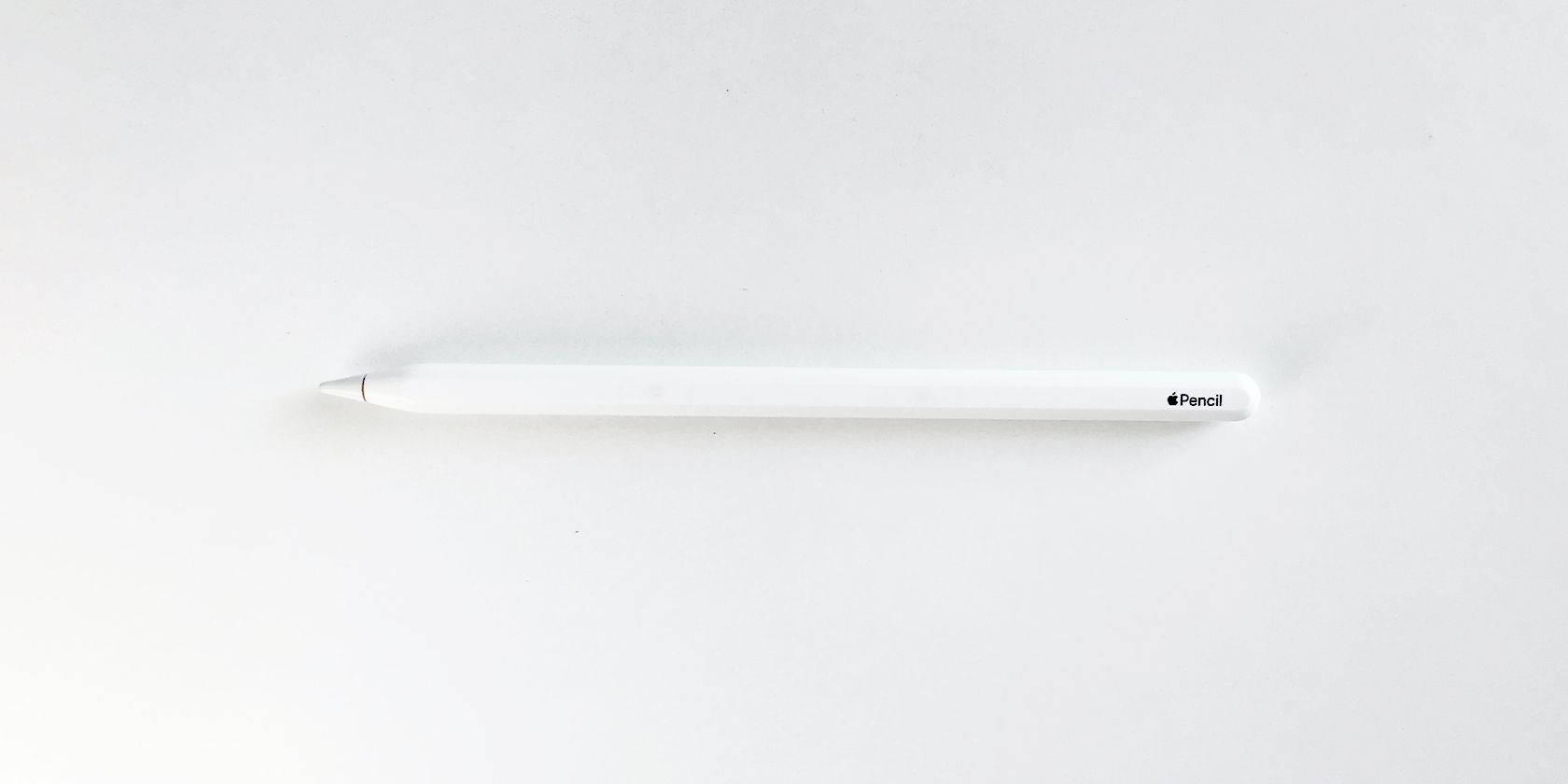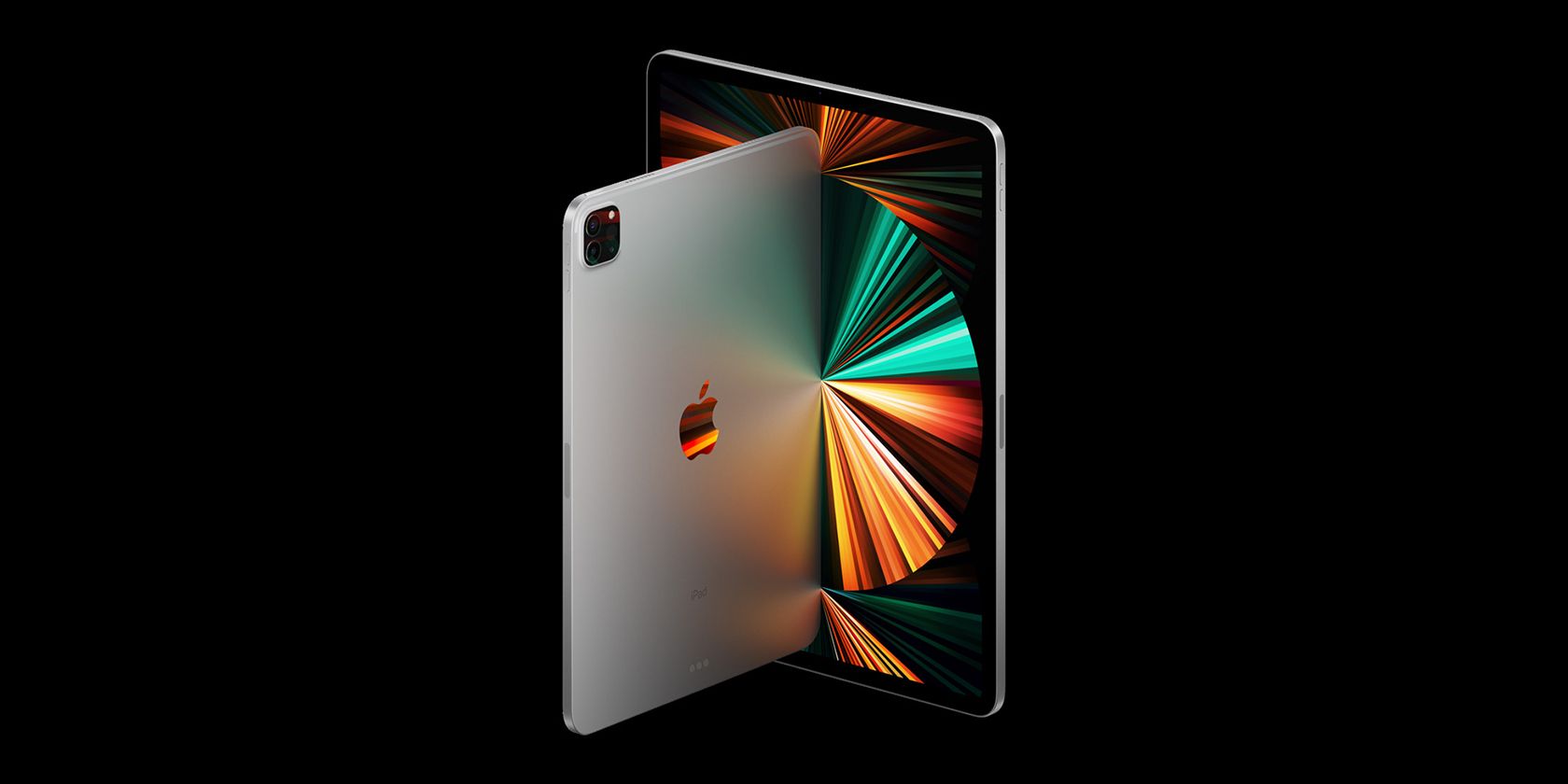Apple releases a new iPad model annually, whether it's an iPad Pro, iPad Air, iPad Mini, or the vanilla iPad. Besides, other manufacturers like Samsung, Amazon, and Lenovo make tablets and frequently release new versions.
But does that mean you should upgrade your tablet every time a new one comes out? So how often should you buy a new tablet?
When It's No Longer Supported
For most people, tablets are primarily for entertainment. They use the tablet's larger screen to watch movies, listen to music, play games, or read eBooks. Its larger screen is also useful for video calls—especially between families. So, if you use your tablet primarily for these tasks, you don't need to upgrade often.
For most users, the best time to upgrade a tablet is when it's no longer supported. So, if you look at Apple's tablets, the first generation iPad Pro is still supported, giving it a lifespan of seven years. And if you're into Android tablets, the Samsung Tab line will receive at least four years of security updates.
If your tablet is only meant for light use, these devices can last you years. The only reason to upgrade your tablet is when support for it ends. Although an old tablet is still useful, it can make your data vulnerable since it's not getting the latest security and OS updates. So, even if you take care of your tablet and don't use it much, you should upgrade it when it loses support.
Every Time It Gets Irreparable Damage
Although many companies block third-party repairs for their products, that doesn't mean you shouldn't have your damaged devices fixed. If your device gets repairable damage, like a broken screen or busted battery, you should bring it to your trusted service center before thinking of disposing of it.
Your first option should always be to bring it to your authorized service center, or if you're handy with tools, to try the brand's self-service repair program. But if the repair isn't economical anymore, or if the self-repair program is setting you up for failure, then this is the time you get a new device.
If you prefer using a pristine device, don't discard your broken tablet even after buying a new one. Instead, you can repair it cheaply and use your old tablet for other purposes—like a dedicated smart home hub or a digital photo frame.
Every Time It Gets Difficult to Use
As tablets are computers, they generally grow more powerful with every generation. So, it's normal for app developers to take advantage of improved hardware. However, older hardware will be hard-pressed to run these new apps.
So, if the apps you're using slow down your tablet, consider upgrading. For example, if you use your tablet to play FPS games and suffer frequent lag because your old tablet can't keep up, you should upgrade your tablet.
Another reason to upgrade your tablet is if you're running out of storage. Although you can clear system data and other information to free up space, it can only do so much.
While some tablets have a MicroSD slot, allowing you to expand their memory, most popular models don't have this feature. So, if you're out of space and you can't delete any more apps and data, your only option is to get a new tablet with a larger storage capacity.
When Newer Versions Have a Feature You Need
While most people use their tablets for entertainment, others use their devices professionally. If you use your tablet for work, and the next generation tablet gets a feature that you'll find useful, then you should upgrade.
For example, if you're a graphic artist using the iPad 4 to create artwork, then upgrading to the iPad Pro with the Apple Pencil would benefit you. Another example is if you're using the fourth-generation iPad Pro with the Apple A12Z chip for video editing. The Apple M1-powered iPad Pro will be a worthy upgrade, as it delivers a massive bump in performance, allowing you to be more productive.
However, if a tablet gets a new feature you like and find useful, you shouldn't buy it automatically. If you're replacing your old tablet, then it just makes sense to go for the upgrade. But if you're getting a new tablet just for that new feature, you should first consider the price of getting that new tablet and the value it adds to your workflow.
Every Other Generation
If you have the budget, or if your company pays for your gear, it makes sense to upgrade your devices every other generation—which is usually every other year. That way, you ensure you have the best gear for your needs.
Even if you can afford it, upgrading your tablet whenever a new one comes out often makes little sense. After all, tablets are expensive, with prices going as high as $999 for the base-model 12.9-inch iPad Pro. Besides, most generational upgrades are evolutionary, adding incremental improvements that rarely merit an outright purchase.
It was only when Apple launched the M1-powered iPad Pro that it was recommended to upgrade to the latest iPad Pro generation, even if your tablet is just a generation behind it.
How Often Do You NEED to Upgrade?
While it might be tempting to upgrade your tablet every time a new one comes out, it doesn't make sense to do so. At the very least, you should keep your tablet for at least one generation before upgrading to the latest version.
You should also consider your use cases before choosing when to upgrade your device. After all, technology is getting more robust, allowing these devices to last longer. So, if your current device is still working well, you may not need to upgrade.
But if you really want to upgrade your tablet yearly, you're free to do so. Just ensure that you trade in your old one; that way, you get some cost savings on the purchase price of your new tablet and help reduce e-waste.
Alternatively, you can sell or give away your old tablet to someone who needs it. But whatever you choose, ensure you've removed all data from your old tablet to ensure the security of your personal information.






